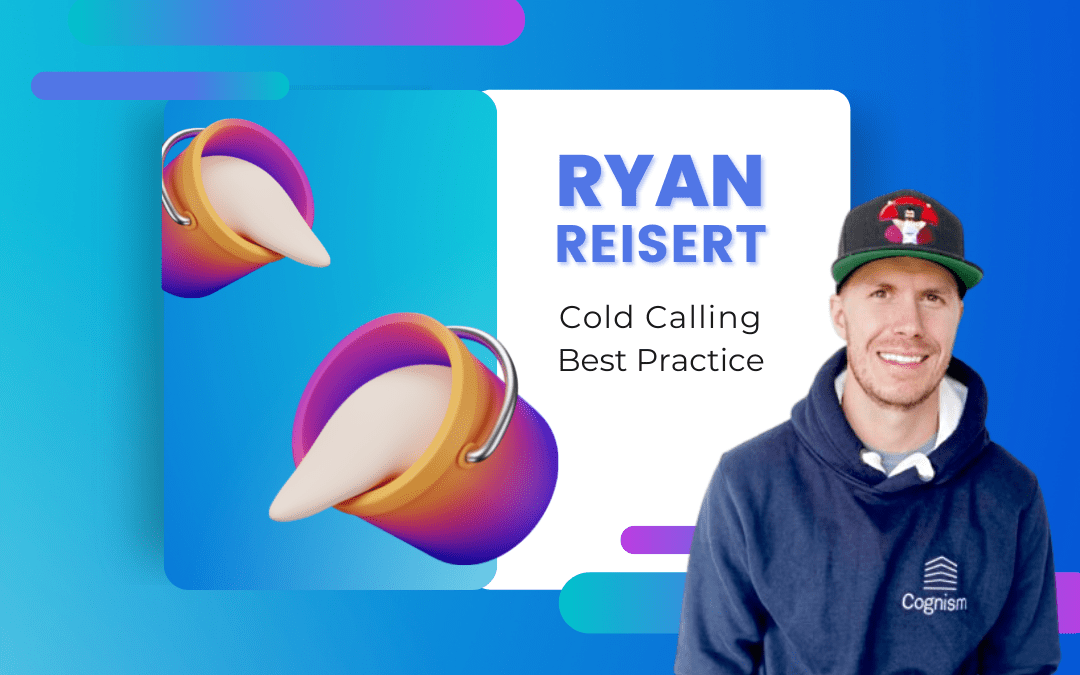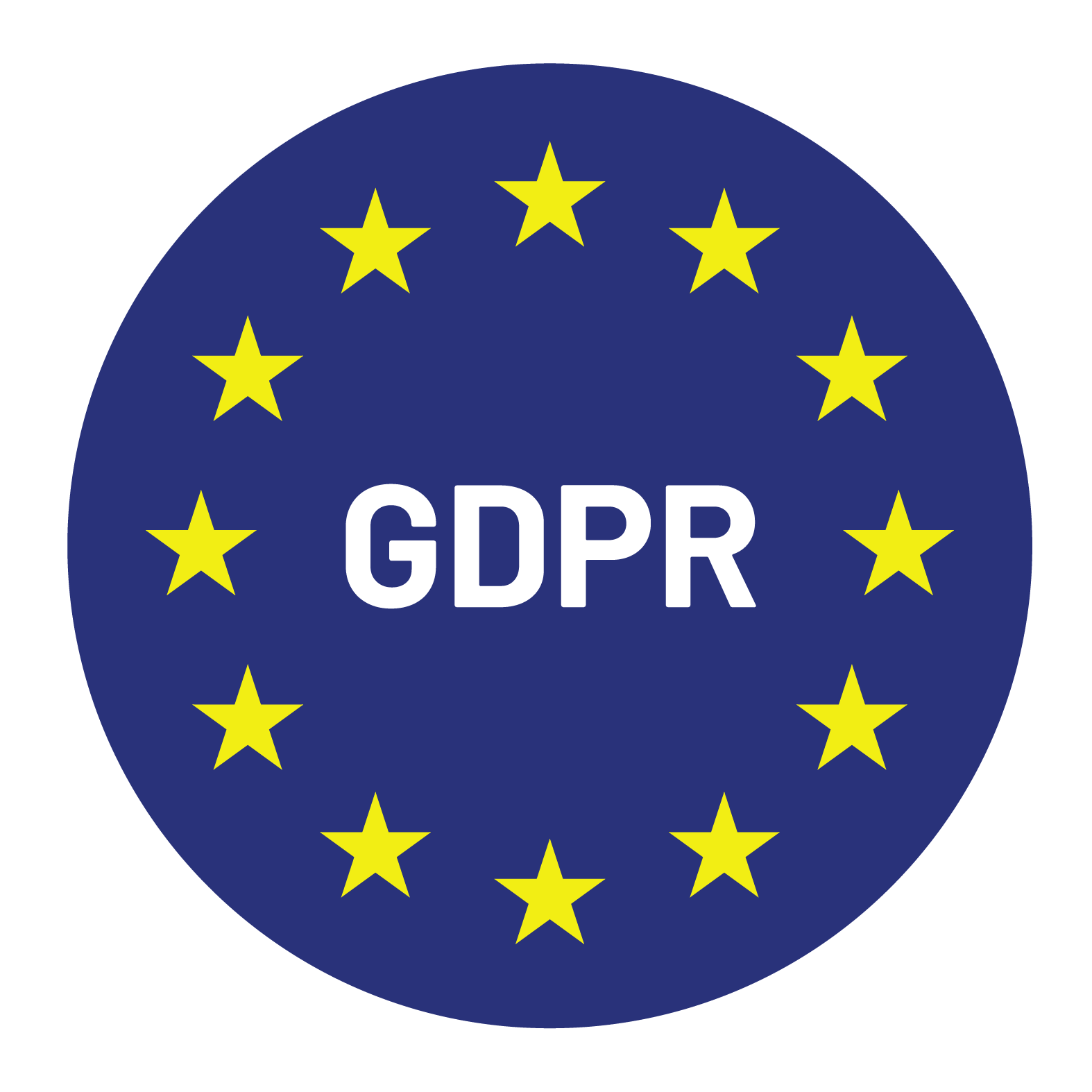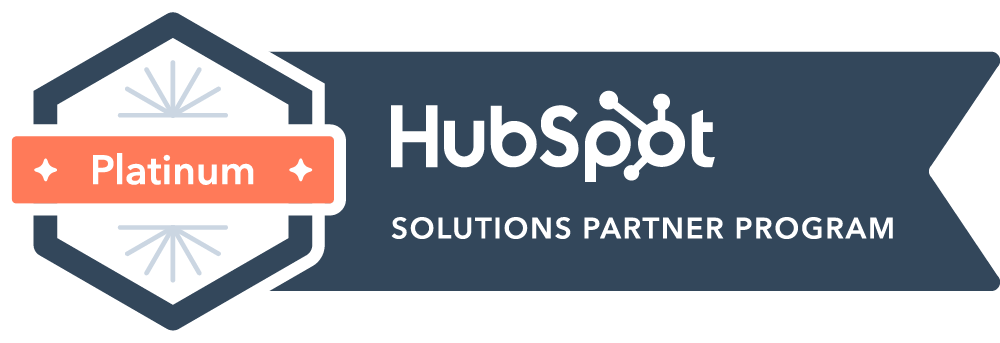

Founder and CEO of Whistle, with over 10 years of selling technology to hundreds of SMB and Enterprize companies across multiple sectors.
Ryan Reisert is a renowned entrepreneur and sales expert known for his unique approach to cold calling and his ability to drive sales success. With years of experience in the industry, Ryan has perfected his cold calling techniques, which have led to increased response rates and a higher success rate in converting potential customers into qualified leads. In this article, we will explore some of Ryan’s tips and strategies for effective cold calling, the importance of prioritizing and working through an uncontacted list, as well as the advantages of scheduling meetings with prospective clients. Whether you’re a seasoned sales professional or just starting out, Ryan’s insights will surely give you the tools you need to elevate your cold calling game.
In today’s sales landscape, cold calling still remains a relevant and effective strategy for reaching potential customers. Despite the challenges it presents, cold calling offers several advantages that make it worth the effort.
One of the primary advantages of cold calling is the ability to make a personal connection with the prospect. Unlike other forms of communication, such as email or social media, cold calling allows sales reps to directly engage in a conversation with the potential customer. This personal touch can establish rapport and build trust, which is crucial in the sales process.
Another advantage of cold calling is the immediate feedback it provides. Sales reps can gauge the prospect’s interest, objections, and concerns in real-time, allowing for quick adjustments in their pitch or approach. This instant feedback also allows for efficient qualification of leads, saving precious time and resources.
Cold calling can be a challenging yet effective strategy for sales professionals to reach potential customers. By making a direct, personal connection and receiving immediate feedback, cold calling offers unique advantages. However, it is crucial to use best practices to make the most out of each call and increase success rates. From crafting a compelling script to managing time and prioritizing follow-ups, implementing these best practices can maximize the effectiveness of cold calling efforts.
In this stage of cold calling, it is crucial to conduct thorough research and qualification of leads. This ensures that only the prospects who fit the ICP criteria are included in this bucket. By focusing on these uncontacted prospects who have the highest potential of turning into valuable customers, sales teams can maximize their efforts and improve the success rate of their cold calling campaigns.
Researching and qualifying leads before making any contact increases the chances of a positive response. It allows sales development representatives (SDRs) to tailor their approach and pitch according to the specific needs and pain points of each prospect. By understanding the target market and analyzing the potential customer’s industry, SDRs can offer customized solutions, making the cold call more effective.
Including only qualified leads within the Uncontacted bucket not only saves time but also ensures that SDRs are targeting the right audience. By honing in on the prospects who have a higher likelihood of showing interest and making a purchase, sales professionals can streamline their efforts and focus on generating meaningful sales conversations.
Lead validation plays a vital role in ensuring that the phone number, email address, and social media profiles provided by the potential customers are active and accessible. Without this validation, SDRs risk wasting their valuable time attempting to contact leads through non-working channels.
Confirming the validity of phone numbers, emails, and social media profiles is necessary to ensure workable data. This helps SDRs avoid any potential setbacks or missed opportunities in their outreach efforts. By verifying this information beforehand, sales professionals can confidently proceed with their communication channels, knowing that they are reaching out to leads through the most effective and efficient methods.
Priority leads are ones in which have shown some level of interest or potential. While these leads may not be ready to make a purchase right away, it is crucial not to disregard them. Instead, view this bucket as an opportunity to re-engage them at a later stage with a more personalized message.
One key aspect of effectively engaging leads in Bucket 3 is tailoring your message to their specific needs and pain points. Take the time to understand their challenges and craft a message that addresses these directly. By showing that you have taken the time to understand their unique situation, you increase your chances of capturing their attention.
In order to work these leads effectively, it is important to utilize multiple communication channels. While phone calls may be the most direct and personal, emails and social media can also be effective in reaching out and maintaining contact. Experiment with different channels to see which ones yield the best response rates for your target audience.
Remember that the leads in Bucket 3 may not be ready to make a purchase immediately. Patience is key here. Continue to nurture these leads, providing valuable information and staying in touch, until they are ready to move further down the sales funnel.
The Meeting Scheduled stage is where you have successfully convinced prospects to schedule a meeting with you. This is a crucial step that requires diligent management to maximize your chances of closing the deal.
After confirming the meeting, it is essential to send a follow-up email to your prospect. This email should serve as a confirmation of the scheduled meeting, highlighting the date, time, and location. This not only helps to solidify the appointment but also provides a reference point for both parties.
In addition to the initial confirmation email, it is highly recommended to send a reminder email a day or two before the meeting.
Ryan Reisert’s best practices for cold calling offer valuable insights to sales professionals. These buckets are an important tool for sales teams to reach potential customers and generate leads. By utilizing these techniques, SDRs can improve their success rate and have more productive sales conversations. It is also important to be prepared, use a well-crafted script, and engage prospects with a personalized approach.
It is vital to remember that cold calling is a numbers game. Following up with qualified leads and setting up scheduled meetings should be a priority. Additionally, understanding the best times of day to reach uncontacted people can greatly increase response rates.
Download the Bucket System guide so you always have it handy. Or book a meeting with us to find out more!


© Copyright – Whistle 2023